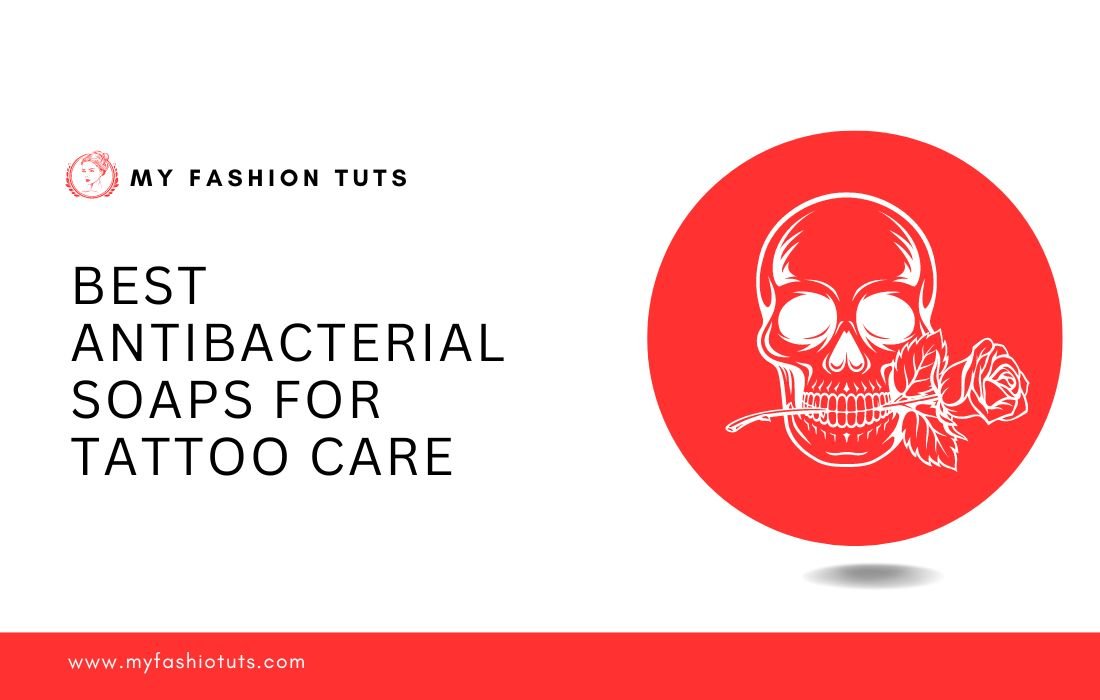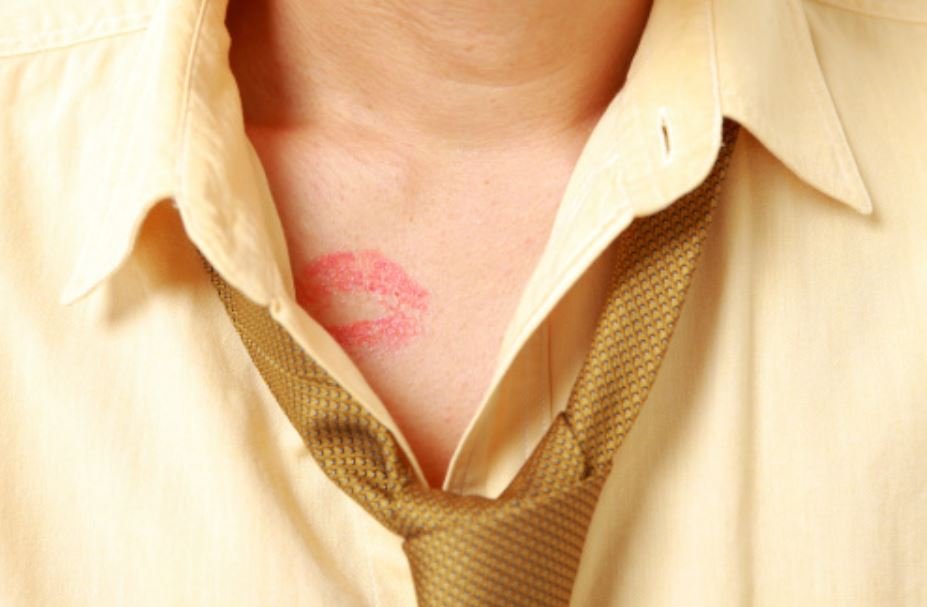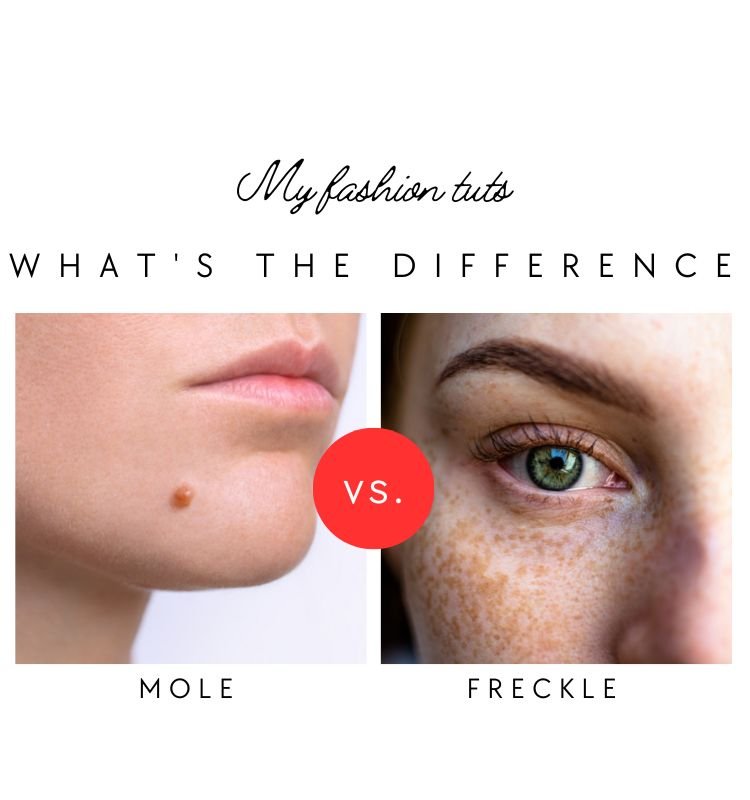
Have you ever looked at your skin closely and thought about how moles and freckles are different? Both of these skin problems are common and usually not dangerous, but it’s important to know what makes them different so you can take care of and treat them properly. This piece will talk about how moles and freckles are different, what causes them, how to treat them, and when to see a doctor.
Defining Moles
Moles: A Brief Overview
Moles, also called nevi, are small, dark growths on the skin that usually appear when a person is a child or teen. They are caused by groups of melanocytes. Melanocytes are the cells that make melanin, the pigment that gives our skin, hair, and eyes their color. Most people have anywhere from 10 to 40 moles.
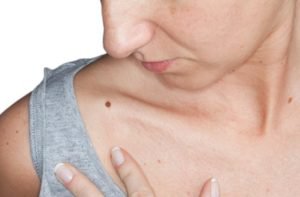
Moles: Types and Characteristics
Moles come in many different sizes, colors, and forms. They can be flat or raised, smooth or rough, round, or made in strange ways. Moles can be light brown, dark brown, black, or even pink or blue. Moles that are born with you, moles that you get, and moles that aren’t like other moles are the most common kinds.
Defining Freckles
Freckles: A Brief Overview
Freckles, also called ephelides, are small, flat, brown spots that usually show up on the face, arms, and shoulders, which get a lot of sun. Because of the sun, the skin cells make more melanin. This is what makes the spots. People with lighter skin and those who burn quickly in the sun are more likely to have freckles.

Freckles: Types and Characteristics
Freckles usually come in two types: simple freckles and freckles caused by the sun. Simple freckles are small, even, and light brown. Sunburn freckles, on the other hand, are bigger, have different shapes, and are darker. Freckles can fade over time, especially in the winter when you don’t get as much sun.
| Aspect | Moles | Freckles |
|---|---|---|
| Definition | Growths caused by clustering of melanocytes | Spots caused by increased melanin production |
| Appearance | Flat or raised, in various shapes, sizes, and colors | Flat, small, light brown to dark brown |
| Cause | Genetics and sun exposure | Genetics and sun exposure |
| Formation | Develop during childhood and adolescence | Appear in sun-exposed areas |
| Common Locations | Anywhere on the body | Face, arms, and shoulders |
| Types | Congenital, acquired, atypical moles | Simple freckles, sunburn freckles |
| Changes Over Time | Usually permanent | Can fade, especially with reduced sun exposure |
| Cancer Risk | Rarely develop into melanoma | Do not turn into cancer, but may indicate risk |
| Treatment Options | Surgical excision, laser removal, cryotherapy | Lightening creams, chemical peels, laser therapy |
| Prevention | Sun protection, regular skin checks | Sun protection, regular skin checks |
Comparing Moles and Freckles
Similarities
Both moles and freckles are dark spots on the skin that are caused by the skin cells making more melanin. They can both be different sizes, shapes, and colors, but are usually safe. Also, moles and freckles are often caused by genes and can appear when the skin is exposed to the sun.
Differences
Even though moles and freckles have some things in common, they are also very different. Moles are growths caused by groups of melanocytes, while freckles are spots caused by more melanin being made when the skin is exposed to the sun. Freckles are always flat, while moles can be either raised or flat. Lastly, moles usually don’t go away, but freckles can, especially if you stay out of the sun as much as possible.
Causes
Moles: Formation and Genetics
The main thing that makes moles happen is when melanocytes in the skin group together. How many moles a person has and how they look are largely determined by their genes. Sunlight can also cause new moles, especially on people with lighter skin tones.
Freckles: Formation and Genetics
Increased melanin production as a result of sun contact is what gives freckles their appearance. Genes also play a part in who is more likely to get freckles. People with fair skin and a history of freckles in their family are more likely to get them. Freckles are not growths like moles; they are caused by the way the skin reacts to the sun.
Treatment and Prevention
Moles: Treatment Options
In most cases, moles do not require surgery. But if a mole is bothersome, a dermatologist can get rid of it through means like surgery, laser removal, or cryotherapy. It’s important to keep an eye on moles to see if they grow, change color, or change shape. These could be signs of skin cancer. In this situation, you should see a specialist right away.
Freckles: Treatment Options
Freckles are usually treated with creams that make them lighter, chemical peels, microdermabrasion, or laser treatment. It’s important to see a doctor to figure out the best way to treat your freckles based on your skin type and how bad they are.
Prevention Strategies
Protecting yourself from the sun is the main way to stop moles and freckles from appearing. Wear protective clothing and use a broad-spectrum sunscreen with an SPF of at least 30. Don’t spend too much time in the sun, especially during peak hours. Regular skin checks can also help spot any changes in moles or freckles that you already have, giving you time to take action if you need to.
Read more: Gentle Rejuvenation: Anti-Aging Skincare Routine for Sensitive Skin
When to See a Doctor
Moles: Warning Signs
It’s important to keep an eye out for changes in your moles, as these could be signs of skin cancer. You can remember the danger signs with the ABCDE method:
- Asymmetry
- Border irregularity
- Color variation
- Diameter (larger than a pencil eraser)
- Evolving (changes in size, shape, or color)
If you notice any of these changes, consult a dermatologist immediately.
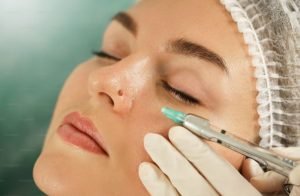
Freckles: Warning Signs
Freckles are usually harmless, but you should see a dermatologist right away if you notice a quick increase in the number of freckles, changes in how they look, or any pain or itching.
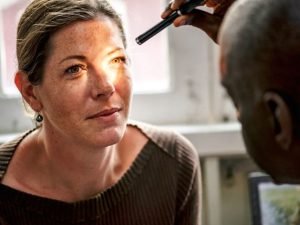
Conclusion
For good skin care and monitoring, it’s important to know the difference between moles and freckles. Even though both are usually safe, it’s important to know the signs that could point to a more serious problem. Checking your skin often and staying out of the sun can help you avoid getting new moles and freckles and keep your skin healthy.
FAQs
-
Can moles and freckles turn into skin cancer?
Most moles and freckles are safe, but moles can sometimes turn into melanoma, which is a type of skin cancer. Freckles don’t cause cancer, but people with a lot of freckles may be more likely to get skin cancer because of their skin type and how much time they spend in the sun. Having your skin checked regularly and staying out of the sun can help lower the risk.
-
Can I remove moles and freckles at home?
It’s not a good idea to try to get rid of moles or freckles at home because you could get an infection, leave a scar, or make the situation worse. Always talk to a doctor about the best way to treat your skin problem.
-
Do moles and freckles appear only on sun-exposed areas?
Moles can show up anywhere on the body, even in places that don’t get much sun. Freckles, on the other hand, tend to show up in places that get a lot of sun, like the face, arms, and shoulders.
-
How can I prevent new moles and freckles from forming?
The best way to avoid moles and freckles is to stay out of the sun. Wear protective clothing and use a broad-spectrum sunscreen with an SPF of at least 30. Don’t spend too much time in the sun, especially during peak hours.
-
Will my moles and freckles fade over time?
Most moles don’t go away over time; they stay the same. But freckles can go away, especially in the winter when you spend less time in the sun or if you use the right treatments that a doctor gives you.
Read more: Winter Skincare Tips & Home Remedies to Keep Your Skin Moisturized

